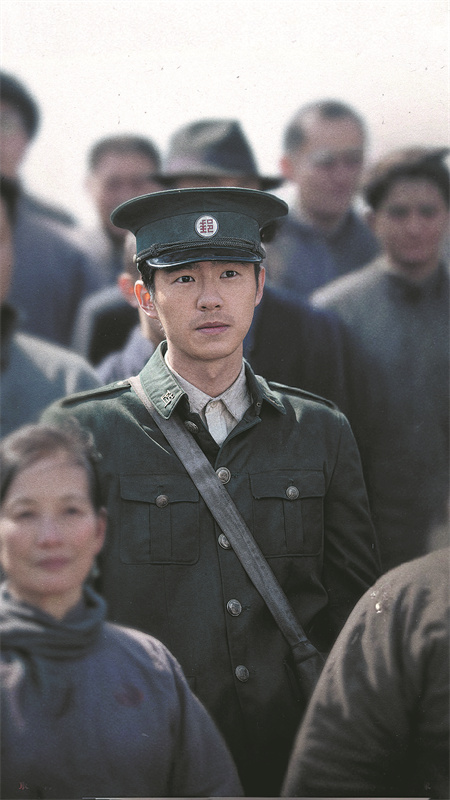

Actor Liu Haoran plays Su Liuchang, a postal worker who escapes death by posing as a studio employee for a Japanese photographer. After leading Japanese soldiers to the studio, Su discovers the owner hiding in the basement with his wife and two children. Learning photo development on the spot, Su gains temporary protection and turns the studio into a refuge. When the rolls of film reveal Japanese atrocities, Su and fellow refugees risk everything to smuggle the evidence out to the world.
Shen says that he had grown up listening to wartime stories, as his grandfather had served in the New Fourth Army, a force led by the Communist Party of China to fight against Japanese invaders.
"When I was 12, I watched the film Massacre in Nanjing, which planted a seed in my heart," recalls Shen. After hearing the initial concept of Dead to Rights from scriptwriter Zhang Ke in 2023, he dove into books, documentaries and museum archives.
For the 1986-born director, the photos in the story carry more than historical weight. The film also portrays the Japanese staging fake scenes of harmony in Nanjing, photographing civilians in staged settings to mislead the world. The director points out that the Japanese in China fought not only a military war, but also a war for public opinion — a cultural war.
While many films focus solely on military conflict, Shen wants to highlight this lesser-told aspect: the manipulation of narratives and cultural invasion that ran alongside the violence.